After months of careful assessment and preparation, Hawaii Volcanoes National Park has announced the partial reopening of several key areas to the public. The decision comes following extensive safety upgrades and the implementation of new protocols designed to protect both visitors and the fragile volcanic landscape. Park officials emphasize that while the reopening marks a significant step forward, certain high-risk zones will remain closed indefinitely due to ongoing geological activity.
The park's iconic Chain of Craters Road and the Kilauea Overlook are among the first locations to welcome back tourists. These sites now feature reinforced viewing platforms, upgraded emergency alert systems, and clearly marked evacuation routes. "We've learned valuable lessons from past volcanic events," said Park Superintendent Rhonda Loh in a press briefing. "The new infrastructure isn't just about responding to emergencies - it's about preventing dangerous situations before they occur."
Enhanced monitoring systems have been installed throughout accessible areas, with seismographs and gas detectors transmitting real-time data to the Hawaiian Volcano Observatory. Visitors will notice increased ranger patrols and informational signage explaining the park's dynamic hazards. The popular Steam Vents and Sulphur Banks trails now feature elevated walkways to protect both tourists and the delicate hydrothermal features.
Park geologists have created new hazard maps that divide the park into color-coded zones based on current risk assessments. These maps are available at all entry stations and visitor centers, with rangers providing mandatory orientation briefings to all guests. "We want people to appreciate the raw power of these volcanoes," explained chief scientist Ken Hon, "but we need them to understand that this isn't a theme park - the dangers are very real."
The visitor experience has been fundamentally altered by the new safety protocols. All hiking permits now require proof of emergency preparedness, including appropriate footwear, breathing masks, and locator beacons. Group sizes are strictly limited, and unguided backcountry travel remains prohibited. The famous lava tube tours now utilize timed entry systems to prevent overcrowding in confined spaces.
Local businesses surrounding the park have welcomed the partial reopening after suffering significant economic losses during the closure period. "This is our livelihood," said Kainoa Silva, owner of a nearby adventure tour company. "But we all agree that safety comes first - nobody wants to see another tragedy like what happened in 2018." Many operators have retrained their staff in volcanic hazard response and now include safety gear as standard equipment.
Environmental protection measures have been significantly upgraded alongside the visitor safety improvements. New containment systems prevent the spread of invasive species, while reinforced trails minimize damage to sensitive ecosystems. The park's cultural resources, including sacred Hawaiian sites, now benefit from additional protective barriers and monitoring.
The phased reopening will continue through the coming months, with officials carefully evaluating conditions before allowing access to additional areas. Nighttime viewing of the Halema'uma'u crater, previously one of the park's most spectacular experiences, remains suspended until gas emissions stabilize further. Park managers stress that all reopenings are subject to immediate reversal if volcanic activity increases.
For returning visitors, the changes are immediately apparent. What was once a relatively unrestricted wilderness experience now operates under clearly defined boundaries and constant monitoring. Yet park advocates argue this careful balance between access and safety will preserve Hawaii's volcanic wonders for future generations. As Superintendent Loh noted, "Our goal isn't to eliminate risk entirely - that's impossible with active volcanoes. But we can provide the tools and knowledge visitors need to make smart decisions in this unpredictable environment."
The scientific community has largely praised the park's new approach, viewing it as a potential model for other volcanic regions worldwide. The comprehensive monitoring network provides researchers with unprecedented data while simultaneously protecting the public. Educational programs have been expanded to help visitors understand the science behind the safety measures.
Looking ahead, park officials anticipate completing additional safety upgrades by year's end, including more emergency shelters along major trails and advanced warning sirens. The full reopening timeline remains uncertain, dependent on the whims of the volcanoes themselves. For now, visitors can once again witness the primal forces that shaped the Hawaiian islands - albeit from carefully vetted vantage points and with heightened awareness of nature's unpredictable power.

By Lily Simpson/Apr 7, 2025
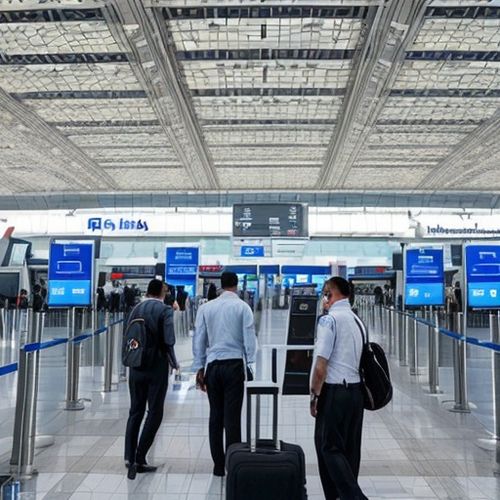
By Samuel Cooper/Apr 7, 2025
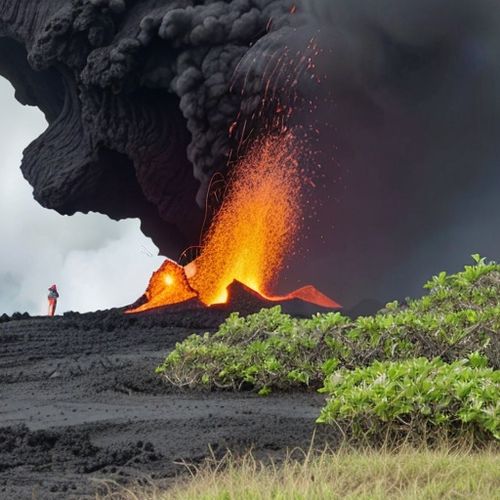
By Rebecca Stewart/Apr 7, 2025
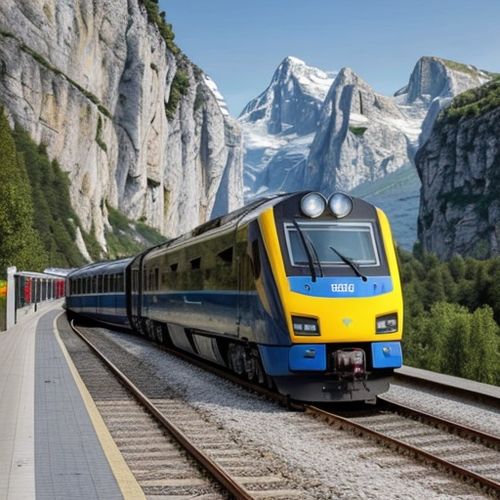
By Sarah Davis/Apr 7, 2025

By Rebecca Stewart/Apr 7, 2025
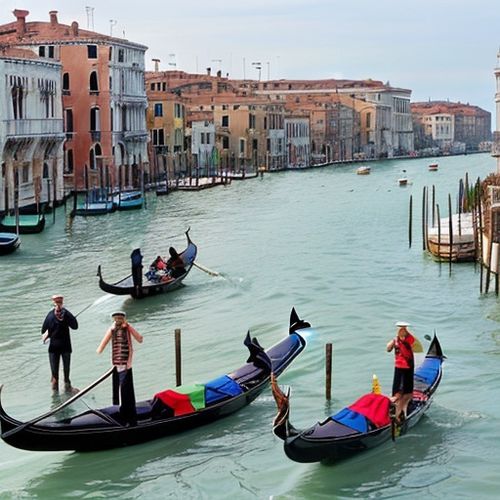
By Amanda Phillips/Apr 7, 2025

By Natalie Campbell/Apr 7, 2025
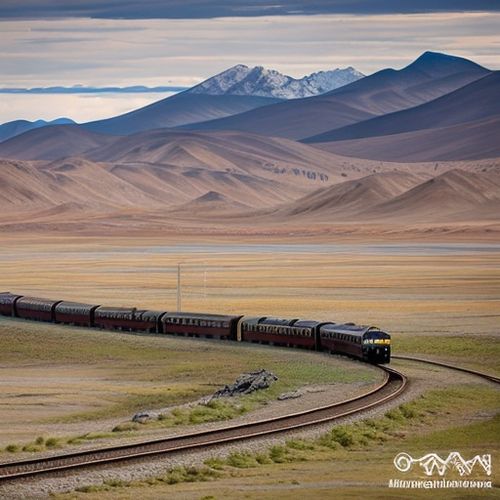
By Jessica Lee/Apr 7, 2025
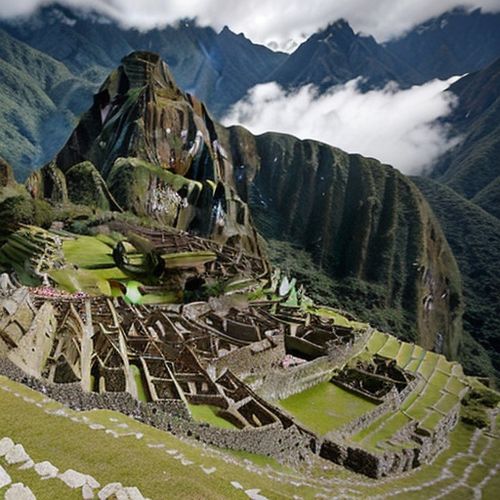
By Thomas Roberts/Apr 7, 2025
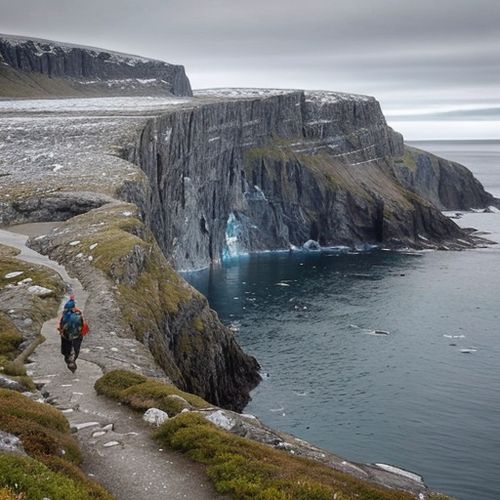
By Daniel Scott/Apr 7, 2025
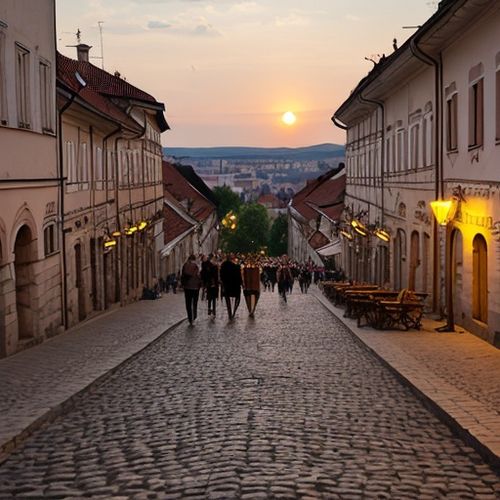
By Emily Johnson/Apr 7, 2025

By Victoria Gonzalez/Apr 7, 2025
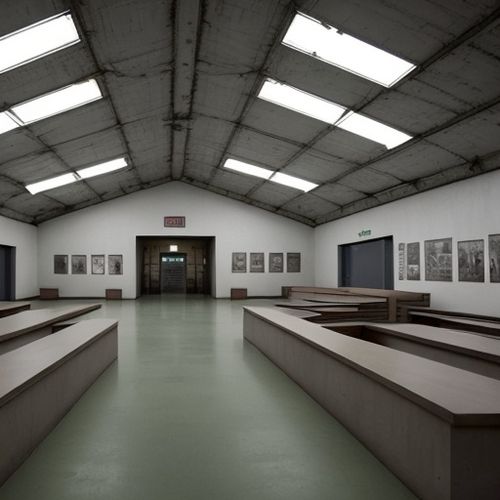
By George Bailey/Apr 7, 2025

By Rebecca Stewart/Apr 7, 2025
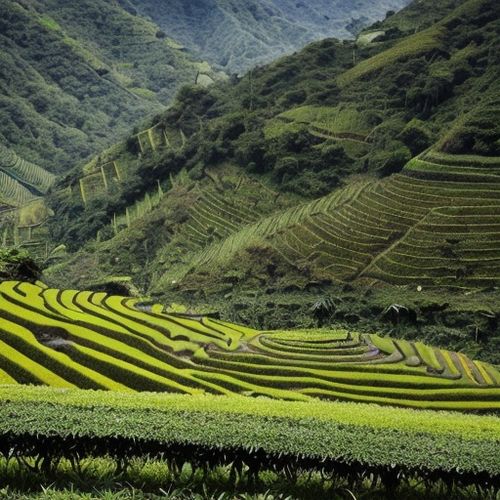
By Elizabeth Taylor/Apr 7, 2025
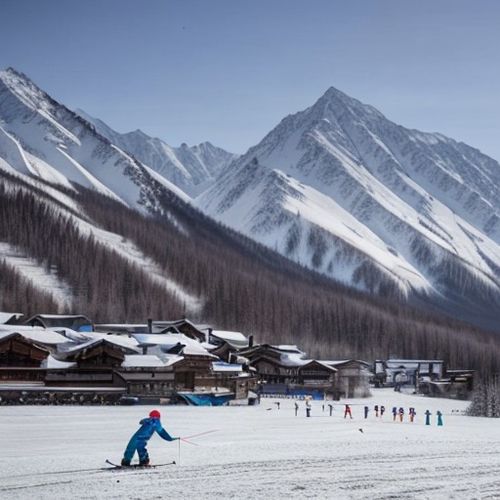
By Thomas Roberts/Apr 7, 2025
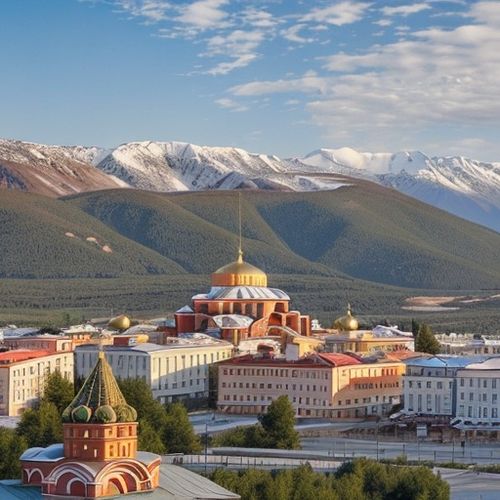
By Lily Simpson/Apr 7, 2025